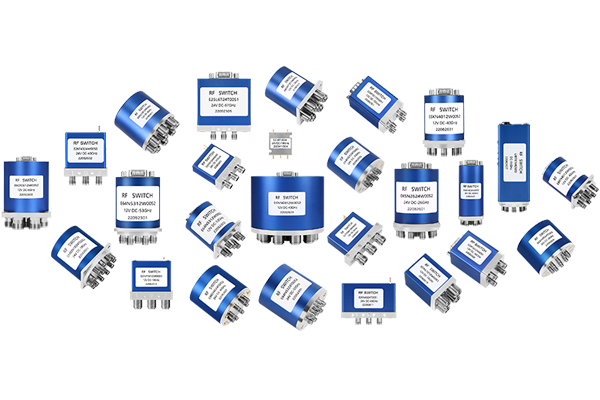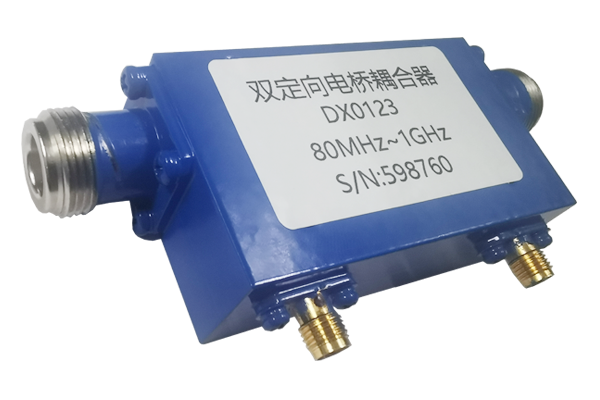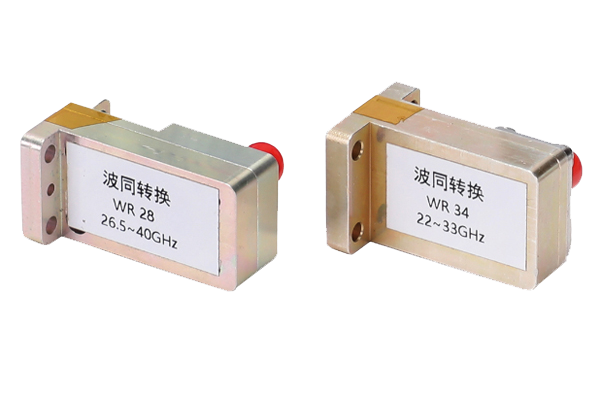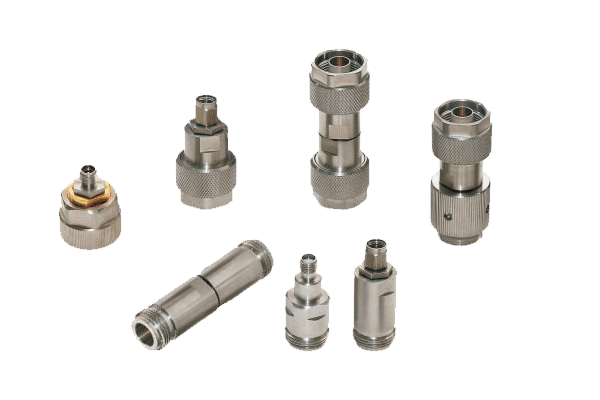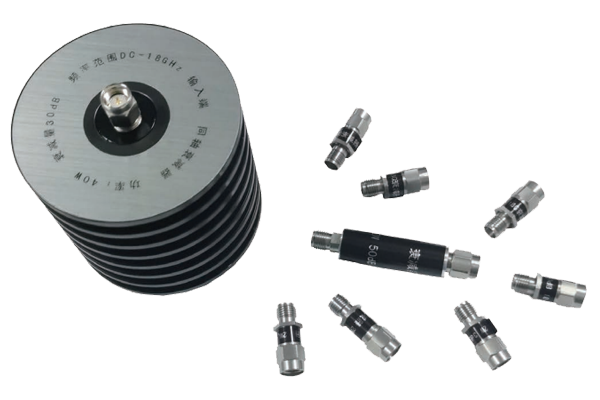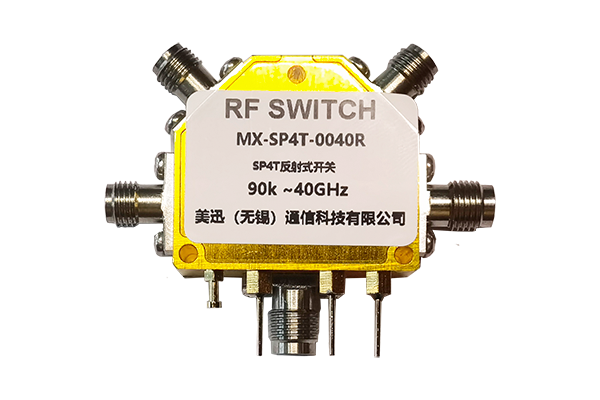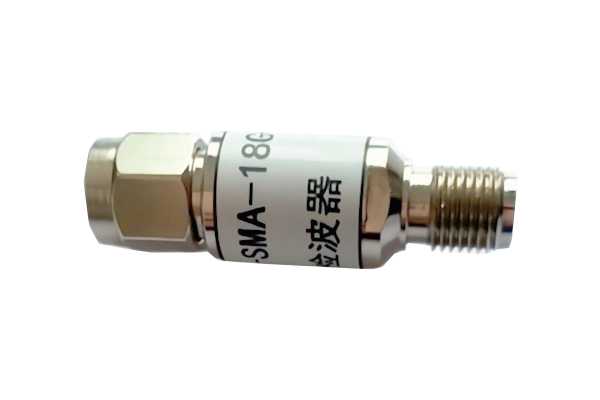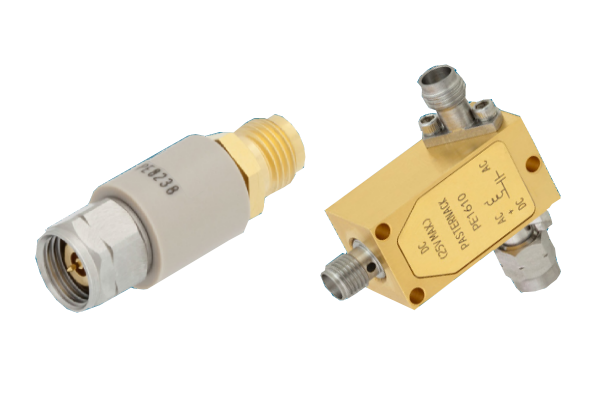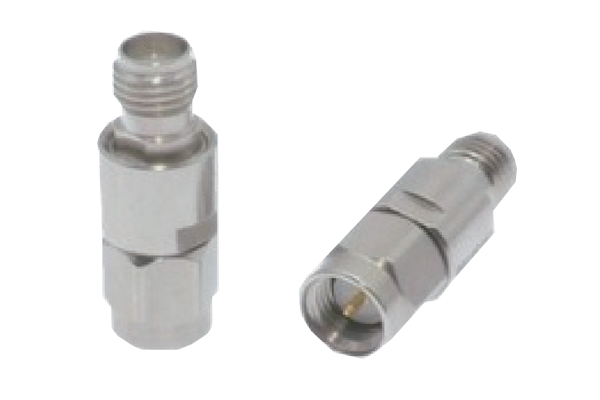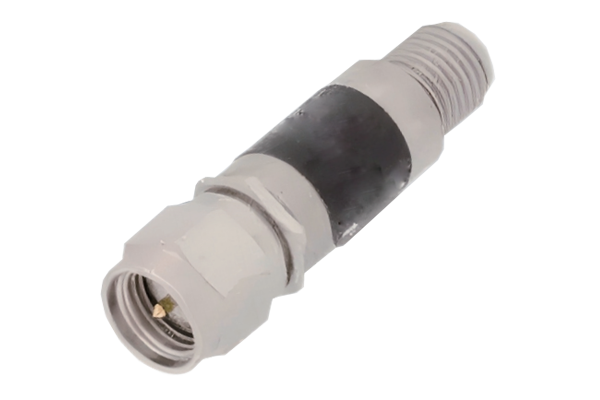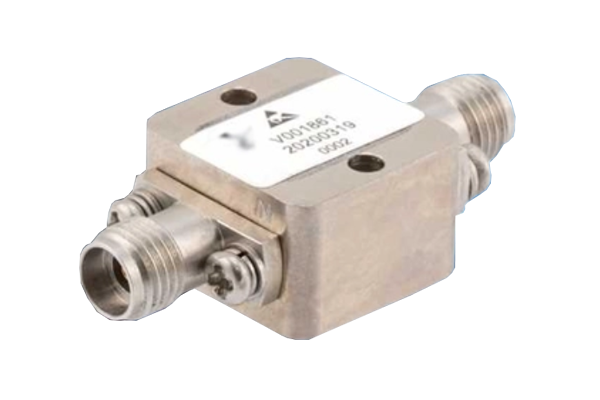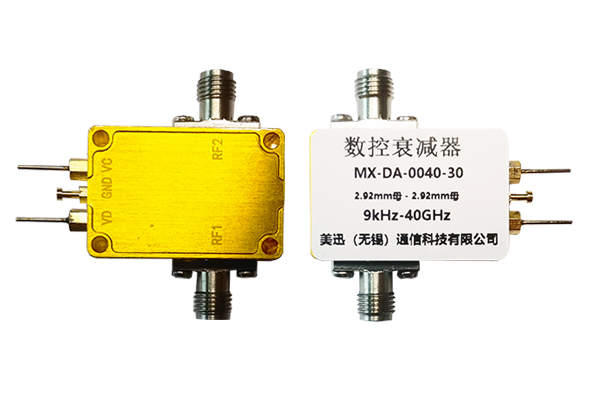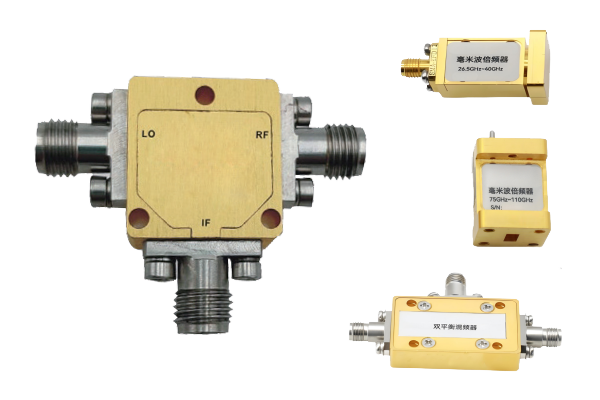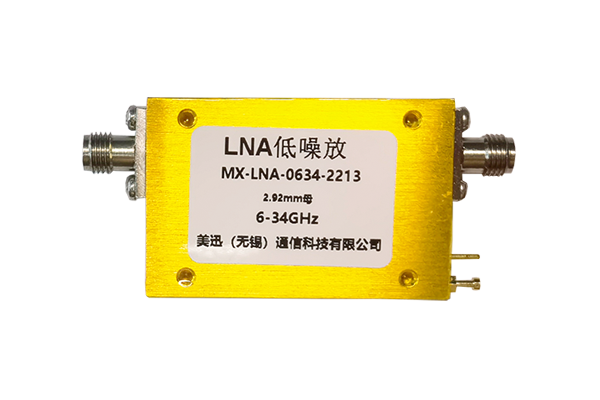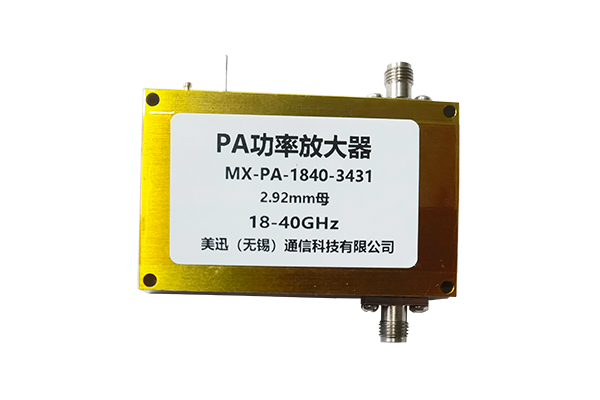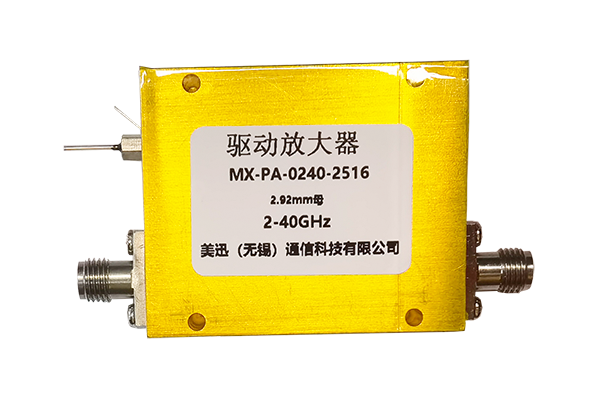How to select a power amplifier
Power Amplifier Selection Guide
Selecting an appropriate power amplifier (PA) requires a systematic evaluation of technical requirements, application needs, and operational constraints.
Define Power Requirements
-
Output Power Calculation: Match the PA's rated power to the load and application.
Audio Example: A 100W speaker needs a 150–200W amp to avoid clipping
RF Example: 10W PA for LTE base stations - Efficiency Consideration: Class D: 80–90% (battery devices) | Class AB: 50–60% (hi-fi audio)
Match Frequency Range
- Audio PAs: Cover 20Hz–20kHz for full-range sound; check subwoofer/tweeter support
- RF PAs: Specify frequency band (e.g., 900MHz for GSM, 2.4GHz for Wi-Fi) Mismatched frequencies cause signal distortion and reduced gain
Assess Signal Type & Distortion
- THD+N: Choose <0.1% for audio (<0.01% for hi-fi); low IMD for RF PAs
- Linearity: Critical for RF PAs using complex modulation (QAM, OFDM) Predistortion techniques help maintain linearity
Evaluate Connectivity & Cooling
- Interfaces: Check inputs (XLR, RCA, digital) and outputs (speaker terminals, RF ports)
- Heat Management: >500W: Active cooling | <100W: Passive cooling (e.g., home theaters)
Consider Form Factor & Compliance
- Size & Mounting: Rack-mountable (1U/2U) for pro setups; compact for embedded systems
- Regulatory Compliance: FCC, CE, RoHS certifications for commercial use
Budget & Brand Reliability
- Cost vs. Performance: Balance features (DSP, remote control) with budget
-
Brand Selection:
Audio: Crown, QSC
RF: Mini-Circuits



